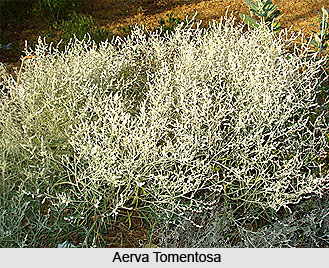 Vegetation in the Indian semi-deserts and deserts is quite interesting. Though, the desert seems to be hot and barren with no life at all, at a first glance, it does house nature`s wonders at their best. There are many kinds of plants, animals, insects and reptiles found in the Indian semi-deserts and deserts. The desert is actually a fragile area and the animals and plants in these areas, depend on each other and their surroundings for survival.
Vegetation in the Indian semi-deserts and deserts is quite interesting. Though, the desert seems to be hot and barren with no life at all, at a first glance, it does house nature`s wonders at their best. There are many kinds of plants, animals, insects and reptiles found in the Indian semi-deserts and deserts. The desert is actually a fragile area and the animals and plants in these areas, depend on each other and their surroundings for survival.
Several animals are part of vegetation in Indian semi-deserts and deserts and the need plants for food, home, shelter and shade. On the other hand, here are many plants in the deserts that need insects, birds and other animals to pollinate their flowers, spread their seeds or keep their neighbors from growing too big. The animals like kangaroo rats that eat seeds, hugely depend on the insects that pollinate flowers so they can make seeds. Apart from them, the mammals, reptiles, and birds that eat insects and other small animals, also depend on the plants that the smaller creatures eat. There are some animals in the Indian semi-deserts and deserts that only eat certain kinds of plants.
The ground plays an important role in the vegetation in Indian semi-deserts and deserts. Many desert plants can only grow if the soil is just the right kind and the right depth. The rocks, cliffs and dry washes usually give shade and protection for plants and animals in desert areas. There are some plants in the deserts that can grow only in the shade of a larger plant and some other need open spaces away from other plants that compete for water and sunlight. It can be easily said that nearly every living thing in the desert depends on something else to survive.
The Thar Desert is an integral part of vegetation in Indian semi-deserts and deserts and it is home to numerous plants, animals and reptiles. This desert presents a wonderful picture of natural vegetation in India and the trees in this desert are short and stout, and stunted by the scorching sun. Some of the most common trees in this region include cacti, reunjha, khejra, kanju, ak, etc. The vegetation in Thar Desert has been classed as Northern Desert Thorn Forest (Champion 1936). The density and size of vegetation in the desert increase from West to East following the increase in rainfall and the vegetation is composed of several trees, shrubs and herb species.
The important trees found in Thar Desert are also the part of vegetation in Indian semi-deserts and deserts. These includes: Acacia jacquemontii, Acacia senegal, Acacia leucophloea, Prosopis cineraria, Anogeissus rotundifolia, Salvadora oleoides, Tecomella undulata, Tamarix articulata, etc. The small trees and shrubs in the desert include Acacia jacquemontii, Aerva tomentosa, Balanites roxburghii, Calligonum polygonoides, Calotropis procera, Suaeda fruticosa, Ziziphus zizyphus, Ziziphus nummularia, etc. There are also many herbs found in the Thar Desert and they include Cynodon dactylon, Cenchrus biflorus, Cenchrus setigerus, Dactyloctenium scindicum, Dichanthium annulatum, Eleusine compressa, Lasiurus hirsutus, Panicum turgidum, Panicum antidotale, Sporobolus marginatus, Saccharum spontaneum, etc.



















